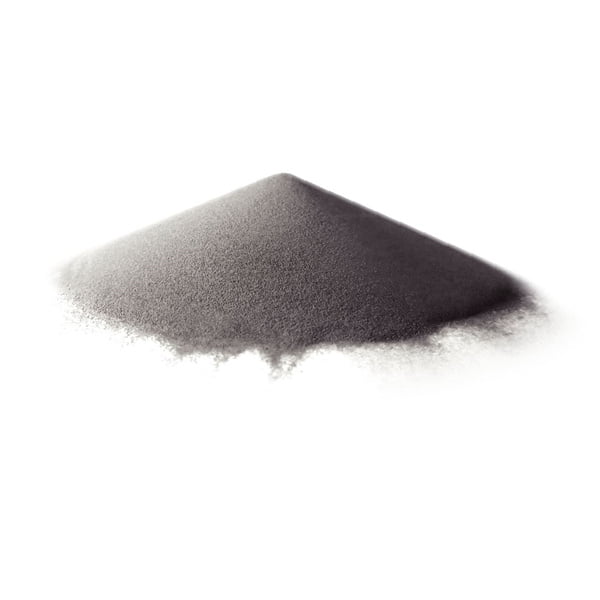metal atomization Manufacturers
Table of Contents
Overview of Metal Atomization
Metal atomization is a process where molten metal is broken into fine droplets using gas or liquid that is forced at high velocity. The droplets rapidly solidify into powder with a spherical or round morphology ideal for additive manufacturing or metal injection molding.
Atomization produces consistent powder sizes ranging from 10 microns to 200+ microns based on the nozzle design and operating pressures. Nitrogen, argon or air is typically used for gas atomization while water is common in liquid atomization.

Types of Metal Atomization Processes
| Process | Medium | Particle Size | Metals |
|---|---|---|---|
| Gas Atomization | Nitrogen, Argon | 10-100 μm | Titanium, aluminum, stainless steel |
| Vacuum Atomization | Nitrogen, Argon | 10-63 μm | Nickel superalloys, titanium aluminide |
| Water Atomization | Water | 100-350 μm | Low alloy steel, stainless steel |
Technical Specifications
| Parameter | Details |
|---|---|
| Production rate | 1-20 metric tons per hour |
| Gas pressure | Up to 35 bar |
| Melt superheat | 100-250°C above liquidus |
| Powder yield | 60-95% depends on metal |
| Cooling rate | 10^3 to 10^6 °C/s |
Applications of Atomized Metal Powders
Some uses of atomized powders include:
- 3D Printing powders for SLM and DMLS
- Metal Injection Molding (MIM) feedstock
- Thermal spray coatings
- Production of sintered parts
- Brazing pastes or joining applications
- Chemical/petroleum catalytic converters
Global metal atomizer manufacturer
| Company | Location |
|---|---|
| AP&C | Canada |
| Praxair | USA |
| Sandvik | Sweden |
| Mattersmith | China |
| Phoenix Scientific Industries | India |
Leading Manufacturers of Atomized Metal Powders
| Company | Materials |
|---|---|
| Sandvik | Nickel, titanium, stainless steel alloys |
| Carpenter Additive | Titanium alloys, cobalt chrome, stainless steels |
| LPW Technology | Aluminum, titanium, copper alloys |
| EOS | Tool steel, cobalt chrome, inconel, titanium alloys |
| AP&C | Reactive metals like titanium, aluminum grades |
Cost Considerations
A gas atomization system with capacity of 500-1000 kg/hour costs around $2-4 million depending on complexity, metal type, level of automation and additional powder handling equipment. Payback period can vary from less than 2 years to 5+ years depending on scale of production.
Atomized powder pricing depends on composition, quality level, lot quantity, reuse status and prevailing raw material costs. For instance, virgin titanium Ti64 grade 5 powder of size 45-100 microns suitable for 3D printing sells for $200-500 per kg.
Advantages of Atomization
- Consistent spherical powder morphology beneficial for AM and MIM applications
- Cost-effective high volume powder production with minimal scrap losses
- Custom alloys and powder characteristics achievable
- Powder fully recyclable for reuse in most applications
- Rapid cooling gives fine microstructures and controlled powder sizes
Limitations
- High capital investment for turnkey atomization production systems
- Additional powder sieving, blending or modification required
- Limited size range and high reactivity restricts some alloys
- Safety issues like dust explosivity must be addressed

FAQ
Q: What is the difference between gas and water atomized powders?
A: Gas atomized powders are finer (<100 μm), more spherical and smoother than irregular, coarser water atomized powders but gas atomization systems have higher setup costs.
Q: Which industries consume the major share of atomized metal powders?
A: Over 60% of fine atomized powders are estimated to be used in metal additive manufacturing processes like selective laser sintering, laser melting and binder jetting.
Q: What is vacuum induction melting used for prior to atomization?
A: Vacuum induction melting allows melting reactive alloys like titanium or stainless steel under inert conditions preventing contamination which is critical for producing clean high purity atomized powders.
Q: Does post-processing further modify properties of atomized powders?
A: Yes, additional steps like thermal annealing, hot isostatic pressing, plasma spheroidization, sieving or mixing are performed to tailor particle size distribution, flowability, density or composition characteristics as needed for downstream processes.
Q: How is powder reuse economical for atomization process?
A: Atomized powders can cost anywhere from $20 per kg for steel to $500 per kg for exotic alloys. Capturing and reusing overflows and used build powders from AM machines using screening, thermal vacuuming, etc. lowers overall operating costs.
Share On
MET3DP Technology Co., LTD is a leading provider of additive manufacturing solutions headquartered in Qingdao, China. Our company specializes in 3D printing equipment and high-performance metal powders for industrial applications.
Inquiry to get best price and customized Solution for your business!
Related Articles
About Met3DP
Recent Update
Our Product
CONTACT US
Any questions? Send us message now! We’ll serve your request with a whole team after receiving your message.

Metal Powders for 3D Printing and Additive Manufacturing
COMPANY
PRODUCT
cONTACT INFO
- Qingdao City, Shandong, China
- [email protected]
- [email protected]
- +86 19116340731

















